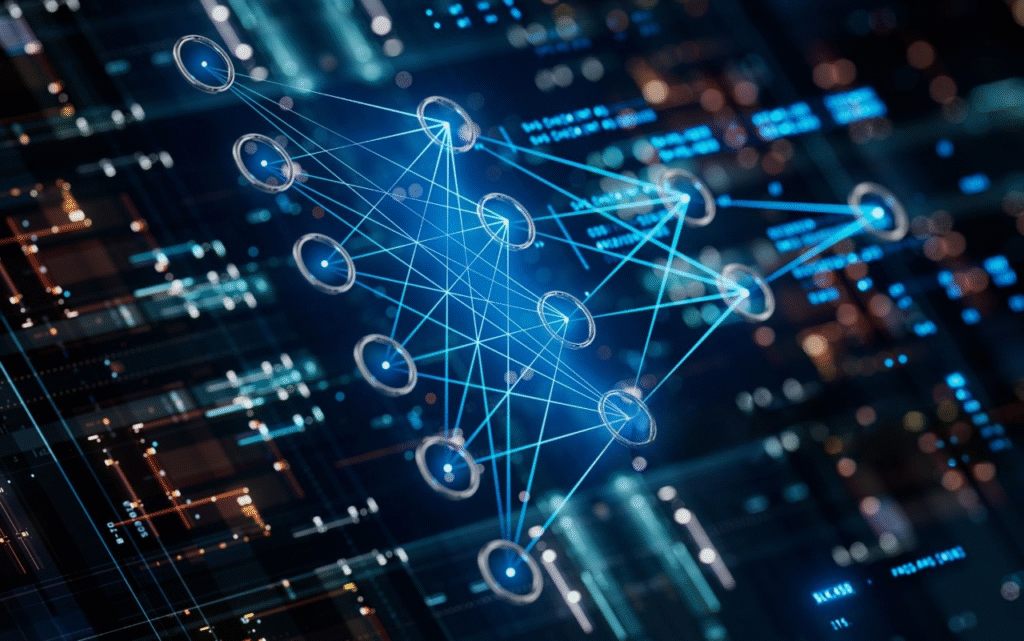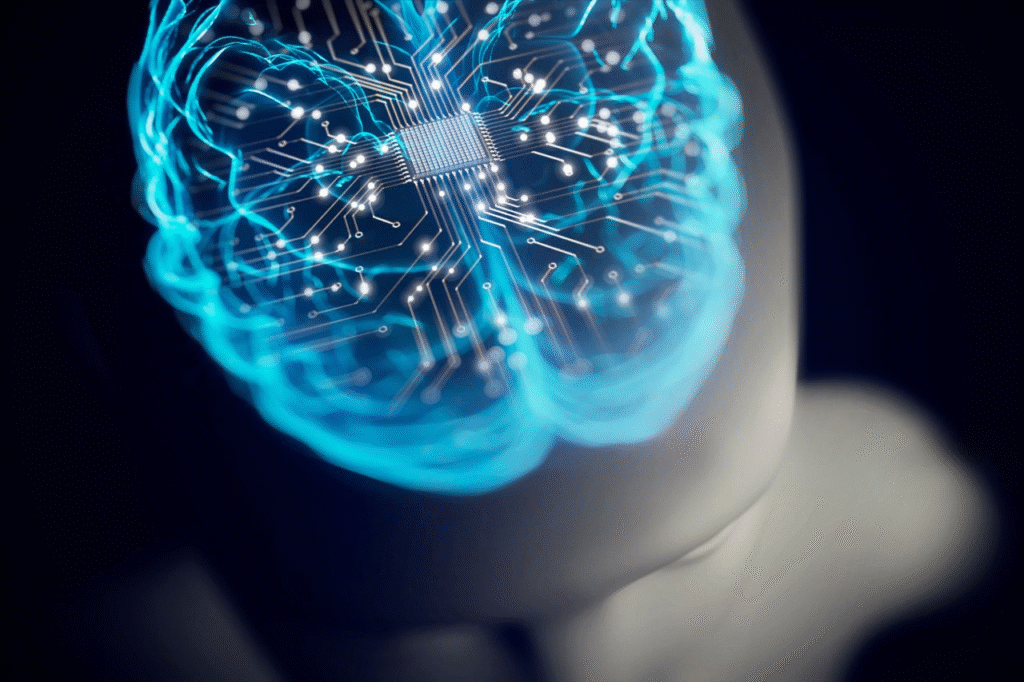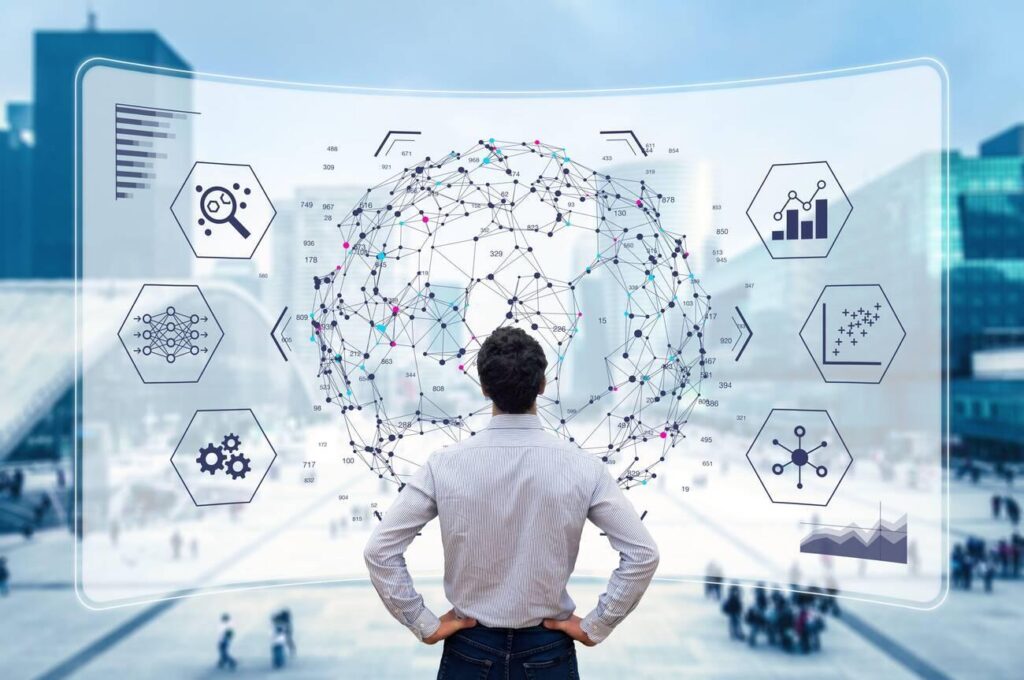Artificial intelligence (AI) continues to drive innovation across industries—from healthcare to retail to customer service. But as AI evolves, so does the complexity of its subfields. Two of the most commonly misunderstood terms in this space are machine learning vs deep learning. While both are critical components of AI, they serve different purposes, rely on different data structures, and require different levels of human input.
In this article, we’ll break down what each one means, how they’re used in 2025, and why understanding their differences is crucial for adopting the right AI strategies.

What is Machine Learning?
Machine learning (ML) is a branch of artificial intelligence that enables computers to learn from data without being explicitly programmed. In other words, you provide a machine with labeled or unlabeled data, and it detects patterns to make predictions or decisions.
In 2025, machine learning is commonly used in:
- Fraud detection in banking
- Product recommendations on e-commerce platforms
- Sales forecasting and predictive analytics
- Sentiment analysis in customer feedback
ML models require human intervention for data labeling, feature selection, and training oversight. These models are often trained using algorithms like decision trees, linear regression, support vector machines, and clustering techniques.

What is Deep Learning?
Deep learning (DL) is a subset of machine learning that uses artificial neural networks designed to mimic the human brain. These models are structured in layers—often hundreds deep—and are capable of learning from vast amounts of unstructured data such as images, audio, and text.
In 2025, deep learning is behind some of the most advanced AI use cases:
- Autonomous vehicles navigating complex environments
- Real-time language translation
- Facial recognition and biometric security
- AI-generated art, video, and voice
Unlike ML, deep learning requires little to no manual intervention once trained. However, it demands massive datasets and computing power, often running on GPU-intensive hardware.

Machine Learning vs Deep Learning: Key Differences
Although both machine learning and deep learning fall under the umbrella of artificial intelligence, they differ significantly in how they process data, the complexity of models used, and their suitability for various tasks. Understanding the nuances of machine learning vs deep learning is essential for choosing the right approach based on your goals, data, and available resources.
Data Requirements
In the debate of machine learning vs deep learning, data volume is a core differentiator. Machine learning algorithms typically perform well with smaller, structured datasets that have been pre-processed. Deep learning, on the other hand, thrives on massive datasets—especially unstructured data like images, video, and audio. The more data deep learning consumes, the more powerful and accurate its predictions can become.
Human Involvement
Another key contrast in machine learning vs deep learning lies in the level of manual input required. Machine learning models often need human intervention for tasks such as feature selection and algorithm tuning. Deep learning systems are more hands-off once the architecture is trained—they automatically learn from data with minimal ongoing guidance.
Model Complexity
Machine learning models use relatively simple algorithms like decision trees, linear regression, or support vector machines. These are easier to interpret but may lack the sophistication needed for complex tasks. In contrast, deep learning relies on intricate neural networks with multiple layers that can process abstract data patterns—at the cost of being harder to understand.
Computational Requirements
Deep learning’s power comes with high computational demands. It typically requires advanced hardware like GPUs or TPUs, whereas machine learning can often run efficiently on standard CPUs. This hardware dependency often makes deep learning less accessible for smaller organizations or hobbyists.
Use Cases
Machine learning is ideal for structured, tabular data and is commonly used in spam detection, loan risk assessment, and fraud detection. Deep learning is a better fit for interpreting unstructured data in applications like facial recognition, autonomous vehicles, and language translation.
These distinctions when discussing machine learning vs deep learning are not just academic—they directly impact how businesses and developers select AI solutions that align with their technical capabilities and goals.

Final Thoughts
Understanding machine and deep learning in 2025 helps businesses make more informed decisions about which AI tools to adopt. For example, a small company wanting to personalize emails may be better off with an ML model, while a larger tech firm building an autonomous drone system would likely require deep learning.
As AI continues to integrate into everything from wearables to enterprise software, knowing what’s under the hood will be essential for innovation, budget planning, and hiring talent.
Want to see how AI & machine learning are making a difference? Check out our feature on AI in Daily Life to explore practical examples and smart devices powered by AI innovations.
FAQ: Machine Learning vs Deep Learning
Q1: Is deep learning better than machine learning?
Not necessarily—it depends on the use case. Deep learning is ideal for large datasets and complex problems like image recognition. Machine learning is faster and more efficient for simpler, structured tasks.
Q2: Can deep learning models work without labeled data?
Yes, many deep learning models can work with unlabeled data, especially in unsupervised or semi-supervised settings.
Q3: Is neural network the same as deep learning?
Neural networks are the foundation of deep learning. When these networks have many layers (deep neural networks), they form the basis of deep learning systems.
Q4: Do all AI tools use deep learning?
No. Many AI tools use traditional machine learning or even simple rule-based algorithms. Deep learning is used when high complexity and large datasets are involved.
Q5: What jobs require knowledge of deep learning?
Roles like AI Engineer, Data Scientist, Computer Vision Specialist, and NLP Engineer often require deep learning skills.


